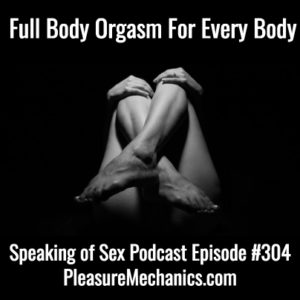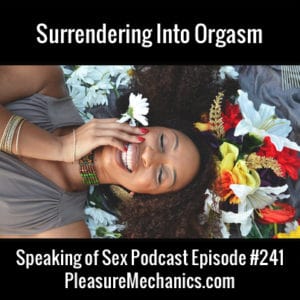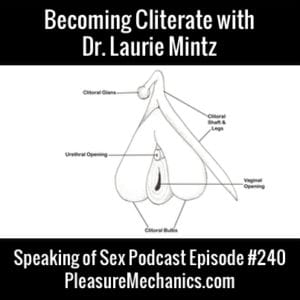Podcast: Play in new window | Download

Full body orgasms are not a myth, nor are they particularly difficult to experience. Full body orgasms are possible for all bodies to experience, and as you explore the skills needed to experience full body orgasm you’ll unlock more pleasure, connection and intimacy with yourself and your partner(s).
Support the show and unlock bonus episodes, bonus resources and more at Patreon.com/pleasuremechanics
Your entire body can be a vessel for erotic pleasure, and every inch of your skin can be a source of pleasurable sensation. But there are lots of roadblocks to overcome in order to unlock the experience of full body orgasm – some easier than others. In this episode, we talk about how to begin changing the way you have sex so you can experience the transformative pleasure of full body pleasure, full body arousal and full body orgasm.
Resources Mentioned In This Episode:



